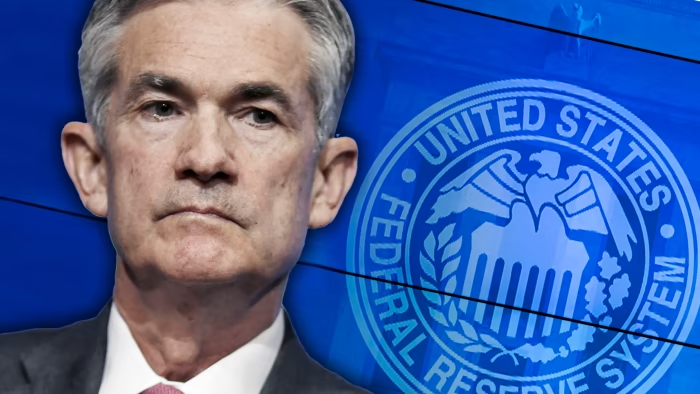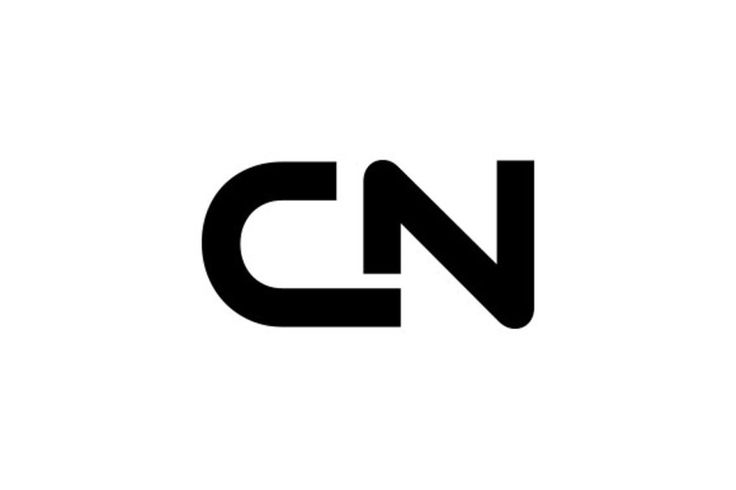💱 Dollar Falls to Three‑Year Low Amid Reports Trump May Accelerate Fed Chair Pick

Markets React Sharply to Political Influence at the Fed
On June 26, 2025, the U.S. dollar plunged to its weakest level in over three years following reports that President Donald Trump may nominate a successor to Federal Reserve Chair Jerome Powell as early as September or October of this year, well ahead of Powell’s official term end in May 2026.
📉 Market Moves & Currency Shifts
- The dollar initially dropped 0.7% against a basket of major currencies before trimming its losses to around 0.5%, touching lows last seen in early 2022.
- Both the euro and pound sterling surged by up to 0.7%, with the euro nearing $1.174, a high not seen since September 2021.
- This move intensified a broader year-to-date decline of more than 10% in the dollar amid trade tensions, fiscal concerns, and doubts over Fed independence.
🚨 Political Influence & Fed Credibility
- Analysts warn that fast-tracking a “dovish” replacement for Powell could embolden expectations of earlier and larger interest-rate cuts, further weighing on the dollar.
- The potential early nomination has raised serious concerns about eroding the independence and credibility of the Federal Reserve—what some fear could become a “shadow Fed” scenario where the nominee undermines the sitting chair’s authority.
- Notables such as Kevin Warsh, Kevin Hassett, and Scott Bessent have been floated as candidates in line with Trump’s preference for swift rate cuts. Bessent had previously proposed a forward-guidance model that could weaken Powell before his term ends.
📊 Market & Economic Context
- U.S. Treasury yields were mostly steady, with short-term yields slightly lower amid rate-cut anticipation and modest gains in European stock markets.
- Analysts including Lee Hardman, Richard Yetsenga, and Kelvin Lau point to the early nomination speculation and dovish future Fed posture as key drivers of currency markets and inflation expectations.
- The dollar’s decline has been emboldened by shifting investor allocation away from U.S. assets amid growing economic and geopolitical uncertainties .
🧭 Implications & Forward Indicators
- Fed Independence at Risk: Early nomination could signal political overreach into a traditionally independent institution, raising concerns about policymaking credibility.
- Rate Cut Expectations Rise: Markets are now pricing in multiple interest-rate reductions before year-end, with futures reflecting growing dovish sentiment.
- Currency Volatility Ahead: With the dollar weakening, expect increased volatility and potential safe-haven flows into other major currencies and assets.
- Asset Allocation Shifts: Investors may reallocate from U.S. bonds and dollars into foreign assets seen as offering better yield and stability.
- Inflation & Fiscal Risks: Premature rate cuts may reignite inflation concerns amid rising deficits and tariff-related price volatility .
🧠 What to Watch Next
- Congressional reactions and Fed statements regarding any premature naming of a Fed chair.
- Market pricing of interest-rate futures, especially ahead of the upcoming July and September FOMC meetings.
- Reactions in commodity markets, bond spreads, and safe-haven currencies like the Swiss franc and yen.
- Broader investor sentiment shifts tied to potential politicization of U.S. monetary policy.




